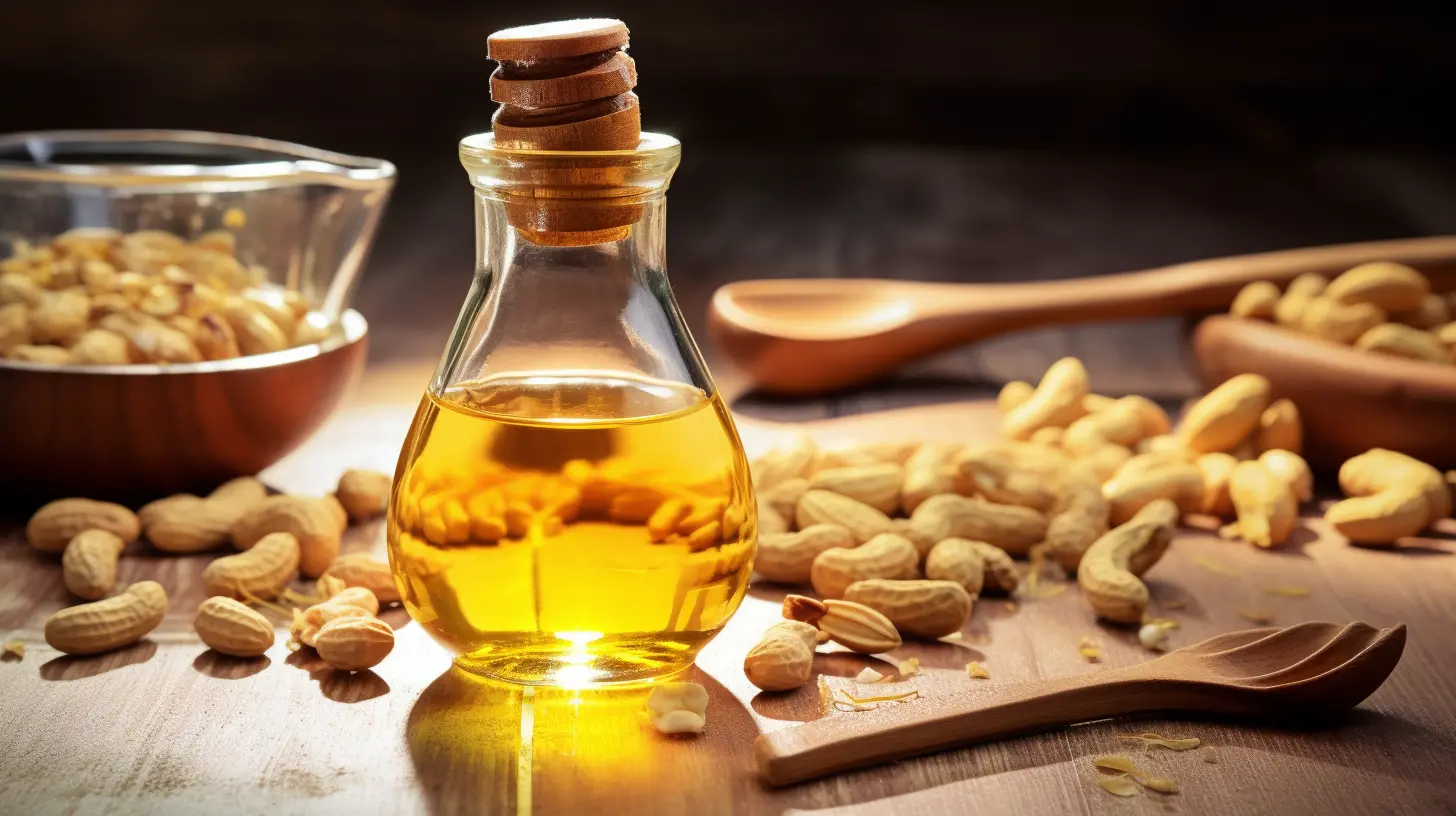
Have you ever wondered how high - quality peanut oil is produced? The journey from a shelled peanut to a bottle of delicious edible peanut oil is filled with professional and complex processes. Today, let's embark on a journey to explore the differences between hot - pressed and cold - pressed peanut oil processes.
The first step in peanut oil production is shelling the peanuts. This is a crucial initial stage that separates the peanuts from their hard shells. Specialized shelling machines are used, which can handle a large number of peanuts efficiently, ensuring a smooth start to the production process.
The hot - pressed process involves several key steps. First, the peanuts are thoroughly cleaned to remove any impurities. Then, they are crushed into smaller pieces. After that, the crushed peanuts are steamed at a high temperature, which helps to break down the cell structure of the peanuts and release the oil more easily. Finally, the steamed peanuts are sent to the oil press. The hot - pressed process generally has a higher oil yield, usually around 40% - 45%.
The oil cake produced during the hot - pressed process can be used as high - quality animal feed. For example, a peanut oil factory in Shandong increased its revenue by 20% by selling the oil cake as feed, which shows the economic value of the by - products in the hot - pressed process.
In contrast, the cold - pressed process starts with the same cleaning step. Then, the peanuts are conditioned to a suitable moisture level. The cold - pressing is carried out at a relatively low temperature, usually below 60°C. This process retains more nutrients in the oil, but the oil yield is relatively lower, about 30% - 35%. The oil cake from the cold - pressed process can also be used as feed, but due to its lower processing temperature, it may retain more original nutrients of the peanuts, which is more beneficial for the growth of animals.
During the peanut cleaning process, various cleaning machines are used, such as vibrating screens and air separators. These machines can effectively remove dust, stones, and other impurities. Data shows that using advanced cleaning machinery can increase the oil yield by about 3% - 5% and improve the production efficiency by 15% - 20%.
Baking temperature plays a significant role in producing fragrant peanut oil. When the baking temperature is around 150°C - 180°C, it can enhance the aroma of the peanut oil. A well - known peanut oil brand in Guangdong achieved a 10% increase in market share by precisely controlling the baking temperature, which led to a more fragrant and popular product.
The crushing process is essential for improving the oil yield. By breaking the peanuts into smaller pieces, the surface area for oil extraction is increased, which can boost the oil yield by about 2% - 3%. The peanut skins removed during the crushing process can be used in the production of bio - fertilizers or other industrial products.
The oil - pressing process has specific parameters, such as pressure and speed. Appropriate parameters can ensure a high - quality oil product. After oil extraction, the oil cake can be further processed, such as being made into high - protein feed or used in the production of bio - energy.
| Question | Answer |
|---|---|
| Which process is healthier, hot - pressed or cold - pressed? | The cold - pressed process retains more nutrients, so it is generally considered healthier. |
| How can I tell the difference between hot - pressed and cold - pressed peanut oil? | Hot - pressed peanut oil usually has a stronger aroma, while cold - pressed peanut oil has a lighter and more natural flavor. |
As you can see, the production of peanut oil involves a series of professional and complex processes. Our brand is committed to strict quality control at every step, ensuring that you get the purest and highest - quality peanut oil. If you want to learn more about our peanut oil products or have any questions, please contact us now!
Click to Learn More

